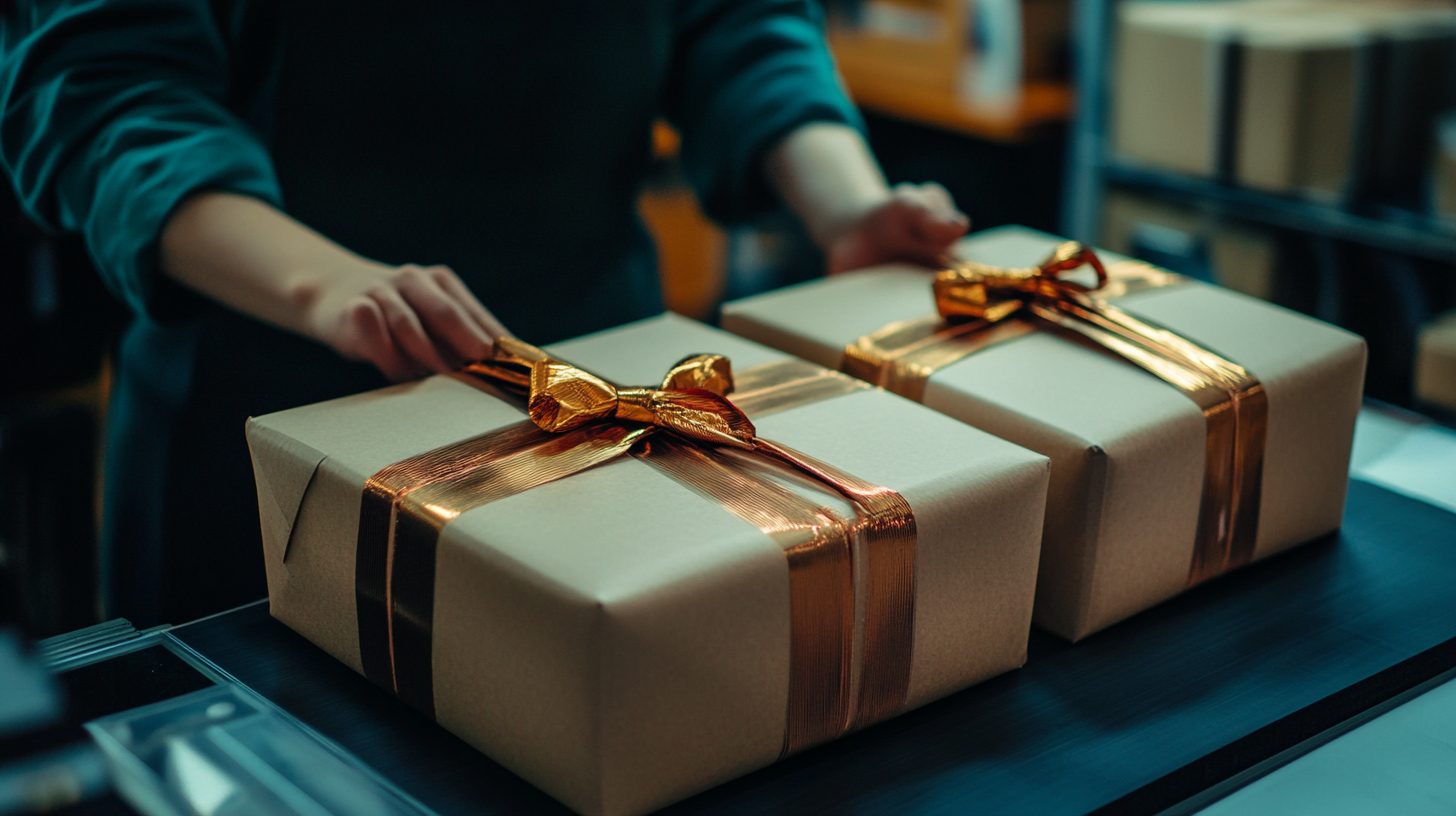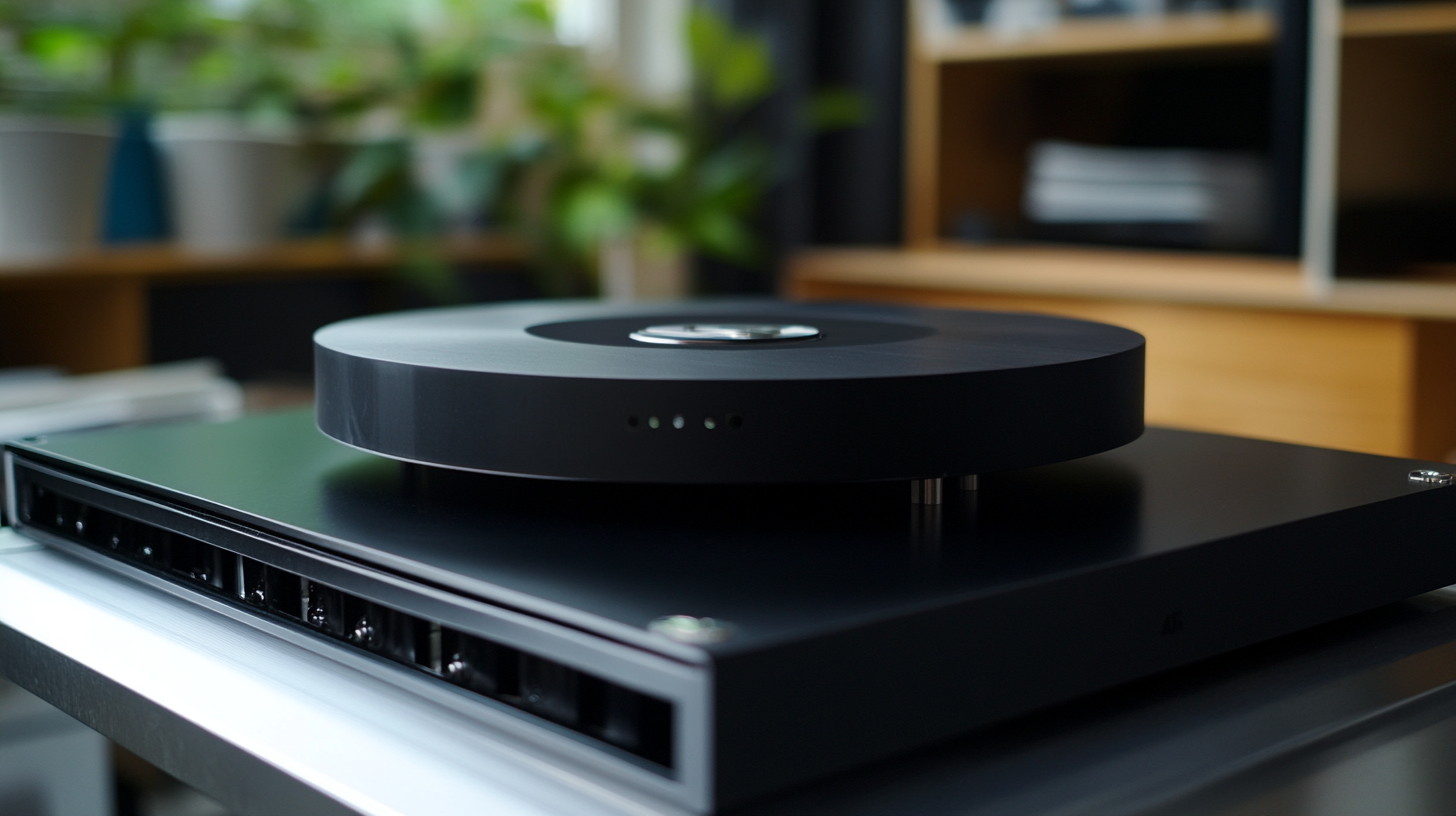In today's competitive landscape, maximizing packaging efficiency is more crucial than ever, and one technology that stands out is the Induction Sealer. According to a recent market research report by Grand View Research, the global induction sealing machine market is expected to reach $3.94 billion by 2025, growing at a compound annual growth rate (CAGR) of 6.2%. This surge signifies an increasing recognition of how important secure packaging is for product integrity, shelf life, and consumer safety. Induction sealing not only provides a hermetic seal that prevents contamination and tampering but also enhances the overall presentation of products. With companies striving for sustainable practices, induction sealing aligns with reduced material wastage and improved energy efficiency. In this guide, we will explore the key elements of induction sealing and provide insights to help you optimize your packaging processes effectively.

Induction sealing has emerged as a crucial technology in the packaging industry, driven by the need for enhanced product safety and extended shelf life. Key statistics for 2023 showcase a growing demand for induction sealers, with the global market expected to reach significant figures due to the rising emphasis on quality assurance and tamper evidence. The seamless integration of this technology not only ensures that products remain uncontaminated but also boosts consumer confidence, an essential factor in competitive markets.
Market trends indicate an increasing adoption of automated induction sealing systems. Industries ranging from food and beverage to pharmaceuticals are recognizing the efficiency gains these systems provide. Automation streamlines production processes, minimizes product waste, and optimizes operational costs. Additionally, sustainability initiatives are influencing the market, leading manufacturers to invest in eco-friendly sealing solutions that minimize plastic waste, aligning with consumer preferences for sustainable packaging. As we move through 2023, the induction sealing market is likely to continue expanding, providing businesses with innovative ways to enhance their packaging efficiency.
| Year | Market Size (Million $) | Growth Rate (%) | Key Applications |
|---|---|---|---|
| 2021 | 1500 | 4.5 | Food & Beverage, Pharmaceuticals |
| 2022 | 1600 | 5.2 | Cosmetics, Electronics |
| 2023 | 1700 | 6.0 | Household Products, Chemicals |
Induction sealers are becoming increasingly crucial in the packaging industry, offering significant efficiency gains and cost savings. According to a report by the Freedonia Group, the demand for packaging machinery, including induction sealers, is projected to grow by 3.5% annually and reach $24 billion by 2024. This growth reflects the industry's shift towards automation and the need for higher production speeds. Induction sealing not only enhances the speed of the sealing process but also reduces the risk of contamination, ensuring product integrity and safety. The precision offered by induction sealers minimizes material waste, making them a more environmentally friendly option compared to traditional sealing methods.
Furthermore, the cost savings associated with induction sealing are substantial. A study by Packaging Strategies highlights that companies can reduce their packaging costs by up to 30% when implementing induction sealing technology. This is primarily due to decreased labor costs and increased throughput. Additionally, induction sealers require less maintenance than other sealing methods, further contributing to long-term savings. As companies seek to optimize their packaging processes, the adoption of induction sealers becomes a strategic move, not just for improving efficiency but also for enhancing overall bottom-line performance.
When it comes to packaging efficiency in various industries, selecting the right type of induction sealer is crucial. Induction sealers utilize electromagnetic fields to create airtight seals, making them an ideal choice for products that require extended shelf life. Different types of induction sealers cater to specific packaging needs, ranging from low- to high-speed sealing. For instance, tabletop sealers are perfect for small-scale operations, while inline machines are better suited for high-volume production. Understanding the specific requirements of your products, such as material types and desired seal strength, will aid in selecting the most appropriate induction sealer.
In the realm of food packaging, the integrity of heat seals is paramount. Recent reviews highlight the factors influencing seal integrity, particularly in flexible packages. Variables such as temperature, pressure, and seal time play critical roles in ensuring the effectiveness of the seal. Additionally, the choice of materials can directly impact the performance of the seal, emphasizing the importance of not just choosing the right sealer but also understanding the packaging materials involved. By aligning the induction sealing process with these parameters, industries can significantly enhance their packaging efficiency and product safety.
When optimizing packaging lines, integrating induction sealers effectively can significantly enhance productivity while ensuring product integrity. One of the best practices is to conduct thorough assessments of your current packaging processes to identify bottlenecks. Understanding how an induction sealer fits into your workflow will help streamline operations and minimize downtime.
Tips: Ensure that your induction sealer is compatible with the materials and container types you are using. Investing in versatile machines can save costs and reduce the need for equipment changes. Additionally, proper training for your operators on how to utilize the induction sealing technology efficiently is crucial for maximizing its benefits.
Regular maintenance of the induction sealing equipment is essential to maintain performance and prevent operational failures. Create a maintenance schedule that includes routine checks and prompt repairs to avoid unexpected disruptions. This proactive approach not only maximizes efficiency but also contributes to the longevity of your sealing machinery.

The landscape of induction sealing is rapidly evolving, driven by emerging technologies that promise to enhance efficiency and sustainability. A recent market analysis by MarketsandMarkets projects the induction sealing market to grow from $4.2 billion in 2023 to over $6.5 billion by 2028, highlighting an annual growth rate of nearly 9.2%. This growth is largely influenced by advancements in sensor technology and automation, which are transforming traditional sealing processes into smart, data-driven operations.
One notable innovation is the integration of Internet of Things (IoT) capabilities into induction sealing machines. Manufacturers can now monitor sealing conditions in real-time, ensuring optimal performance and reducing waste. Additionally, advancements in materials science have led to the development of more efficient sealing films that offer better barrier properties and improved recyclability. According to industry reports, these innovations not only enhance packaging efficiency but also contribute to a more sustainable production cycle, appealing to environmentally conscious consumers. As businesses adapt to these changes, staying informed about technological developments in induction sealing will be crucial for maintaining a competitive edge.

Headquarters
2980 Scott St, Vista, CA 92081
Phone: (760) 734-4177
Fax: (760) 734-4188
Open: 8:00 am – 4:30 pm
Texas
8051 Jetstar Dr #175 Irving, TX 75063
Phone: (972) 915-6888
Fax: (972) 915-6999
Open: 8:00 am – 4:30 pm
Florida
14231 Jetport Loop. #1 Fort Myers, FL 33913
Phone: (239) 225-4020
Fax: (239) 225-4024
Open: 8:00 am – 4:30 pm